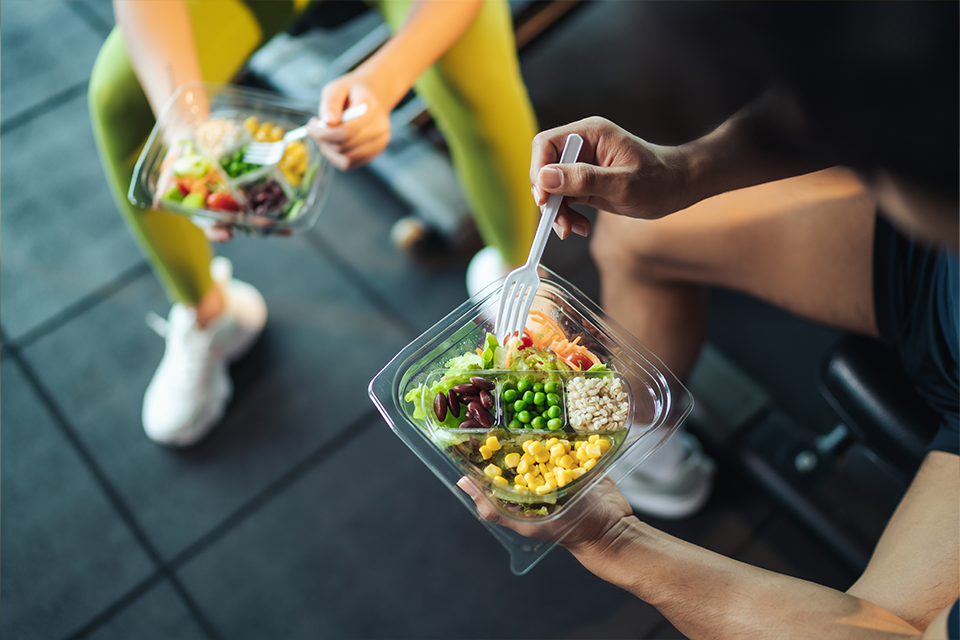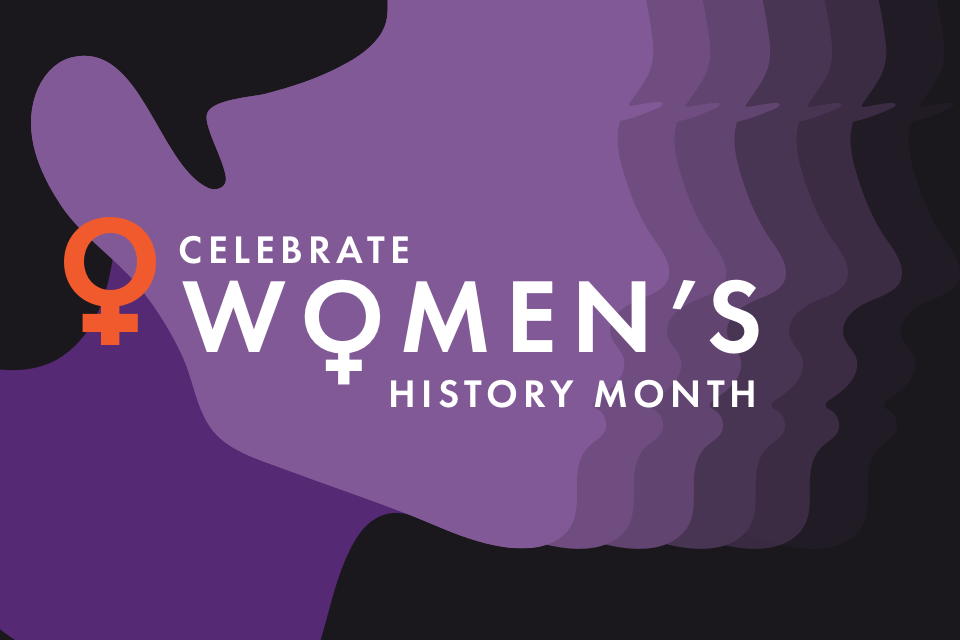By: Jamie Plodzik, MS, RD
Registered Dietitian at VIDA City Vista & Gallery Place
What exactly is cholesterol? It is a waxy substance found in animal-based foods and in human cells. Our body needs some cholesterol to function normally, including playing a role in digestion and making hormones and vitamin D.
There are three main types of cholesterol in the human body
- High-density lipoprotein, or HDL. Also known as the “good” cholesterol, HDL helps to remove excess cholesterol from the body.
- Low-density lipoprotein, or LDL. This is unhealthy cholesterol, as it can lead to plaque buildup in the arteries.
- Very low-density lipoprotein, or VLDL. VLDL also promotes plaque buildup.
If there is too much cholesterol in the body, it builds up as plaque, which is the waxy substance that sticks to the insides of the arteries. As buildup progresses, the arteries narrow and clog, leading to a restriction of blood flow. The blockage can then lead to a blood clot, stroke, or heart disease.
Now, you might be wondering, “Jamie. How do I know if I am at risk for high cholesterol levels?” Genetics, age, certain medications, obesity, physical inactivity, smoking, and diet are all factors that should be considered when looking to answer this question.
Simple lifestyle changes if you are at risk of high cholesterol
First, eating a heart-healthy diet can prevent or lower high cholesterol. This includes choosing whole food sources, such as fruits, vegetables, vegetable oils (olive, sunflower, canola, safflower), nuts, seeds, and whole grains. Consuming more of these whole food sources will combat rising total and LDL cholesterol levels. It is also important to limit the intake of saturated fats. These fats are mostly found in meats and whole-fat dairy products. Healthy swaps could be:
- Consuming omega-3 fatty acid food sources like salmon, walnuts, and ground flaxseed
- Choosing low-fat or fat-free dairy products like 1% or skim milk, non-fat Greek yogurt, or low-fat cheeses (reduced-fat feta and part-skim mozzarella)
- Swapping out butter for vegetable oil options, which offer unsaturated fats
- Avoiding trans fats. Check the amount of trans fat on the Nutrition Facts Label and in the ingredients list. If it says there is any trans-fat or if it contains a partially hydrogenated oil, put it back.
When thinking about protein foods, choose lean options. Go for baked, broiled, or grilled vs. fried protein foods. Stripping skin and cutting fat off turkey and chicken also lowers the saturated fat content. When choosing cuts of meat, look for the words “loin” or round.”
The other two lifestyle changes you can make to naturally lower cholesterol levels are to be physically active and achieve and maintain a healthy body weight FOR YOU. The CDC (Centers for Disease Control and Prevention) recommends that adults get in 150 minutes of moderate-intensity physical activity and two days of muscle-strengthening activity per week. This can look like 30 minutes of walking or cardio five days per week. My advice is to find exercise and/or movement that feels good to you and develop a routine with it.
When it comes to nutrition, choose foods that YOU LIKE from the whole food groups listed above and make recipes and snacks with those foods. Food is an experience, and physical activity can be enjoyable! About body weight- the scale is not everything. What matters is feeling your best in your skin while working towards achieving a healthy, balanced lifestyle. If you would like to work with me, I can be reached via email at jplodzik@vidafitness.com.
Adapted from ‘What is Cholesterol?’ by the Academy of Nutrition and Dietetics








